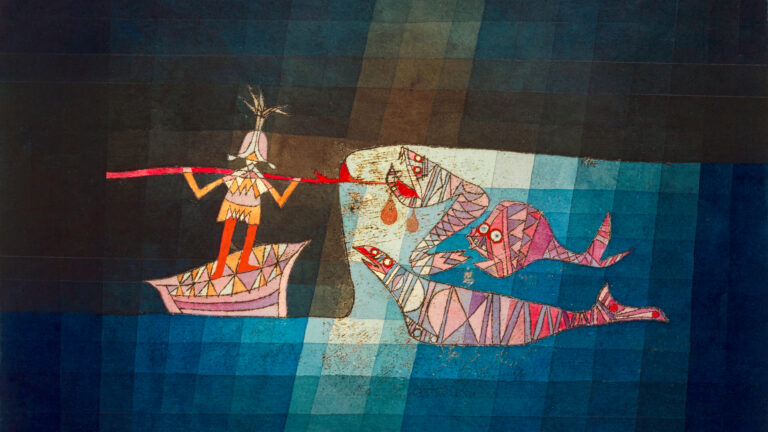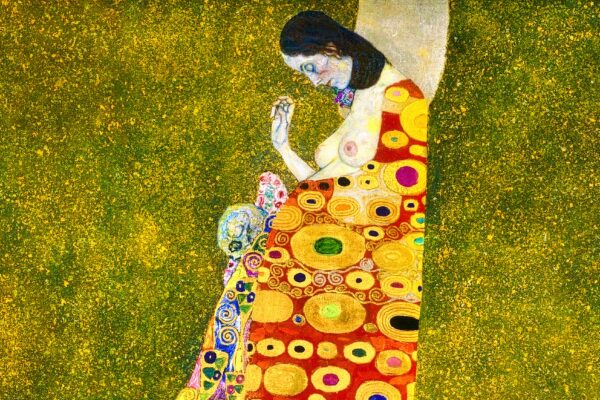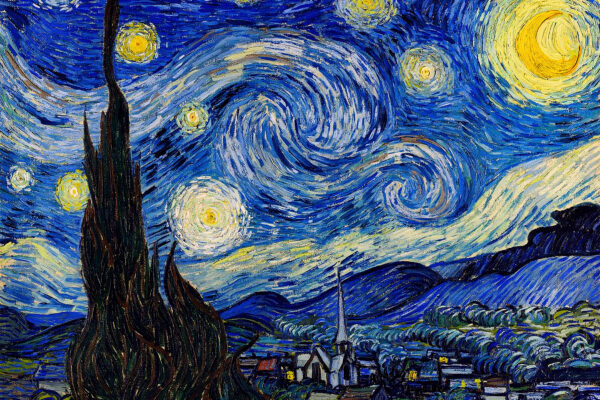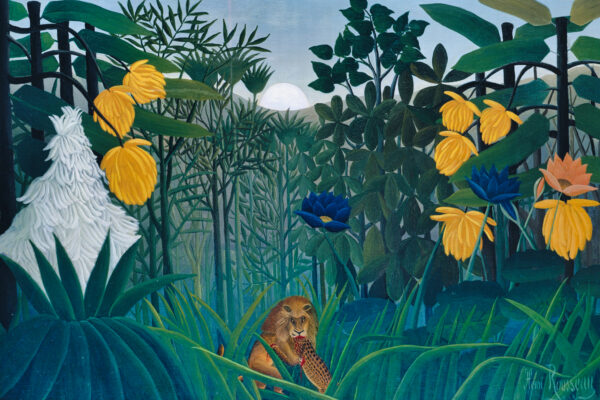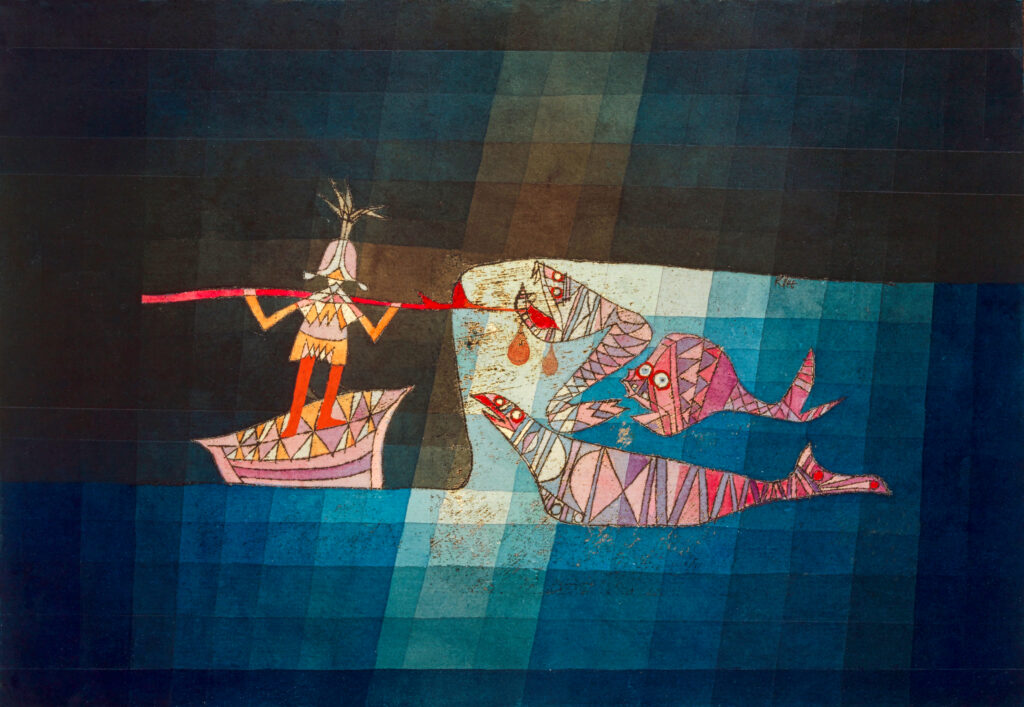
Paul Klee’s “Battle Scene from the Funny and Fantastic Opera ‘The Seafarers'” is a unique and enigmatic painting that showcases Klee’s mastery of abstraction and surrealism. In this post, we’ll explore the intricacies and significance of this painting and how Klee’s unique vision and artistry created a work of art that continues to fascinate and inspire viewers worldwide.
Klee was a master of abstract art, and his works often blended surrealism, expressionism, and cubism. “Battle Scene from the Funny and Fantastic Opera ‘The Seafarers'” is a perfect example of Klee’s artistic style, with its bold colors, geometric shapes, and surreal imagery. The painting is a riot of colors and shapes that coalesce into a dynamic and engaging composition.
“Battle Scene from the Funny and Fantastic Opera ‘The Seafarers'” is significant not only for its beauty but also for its historical and cultural significance. The painting was created in 1923, during a time of great upheaval in Germany and Europe, and reflects Klee’s interest in the intersection of art and politics. The painting can be seen as a commentary on the turbulent political and social climate of the time, with its conflicting shapes and colors representing the competing forces at play.
Klee’s unique artistic style and vision have had a significant influence on art and popular culture. His works have inspired countless artists and designers, and his approach to abstraction and surrealism has become a hallmark of modern art.
The painting is known for its bold colors, geometric shapes, and surreal imagery, and it contains a number of symbolic elements.
One of the most prominent symbolic elements in the painting is the use of geometric shapes, which represent the forces at play in the battle scene. The rectangular shapes, for example, can be seen as symbols of strength and solidity, while the circular shapes represent movement and fluidity. The use of contrasting shapes and colors creates a sense of tension and conflict in the painting.
Another symbolic element in the painting is the use of color. The bright, bold colors, such as red and yellow, can be seen as symbols of energy, passion, and vitality, while the darker colors, such as blue and black, represent tension, conflict, and danger.
The painting also contains symbolic references to the world of theater and opera, with the characters and scenes appearing as if they are part of a larger performance. This can be seen as a nod to Klee’s interest in the relationship between art and politics, and his belief that art could be used as a means of social commentary.
Overall, “Battle Scene from the Funny and Fantastic Opera ‘The Seafarers'” is a painting that is rich in symbolism and meaning, inviting viewers to explore its depths and appreciate the artistry and significance of Klee’s work.
Paul Klee’s “Battle Scene from the Funny and Fantastic Opera ‘The Seafarers'” is a painting that continues to captivate and inspire audiences worldwide. Its unique blend of humor, beauty, and surrealism showcases Klee’s mastery of abstraction and his unique vision of the world. Whether you’re an art lover or simply appreciate the beauty of the abstract and the surreal, “Battle Scene from the Funny and Fantastic Opera ‘The Seafarers'” is a work of art that is sure to delight and fascinate.
